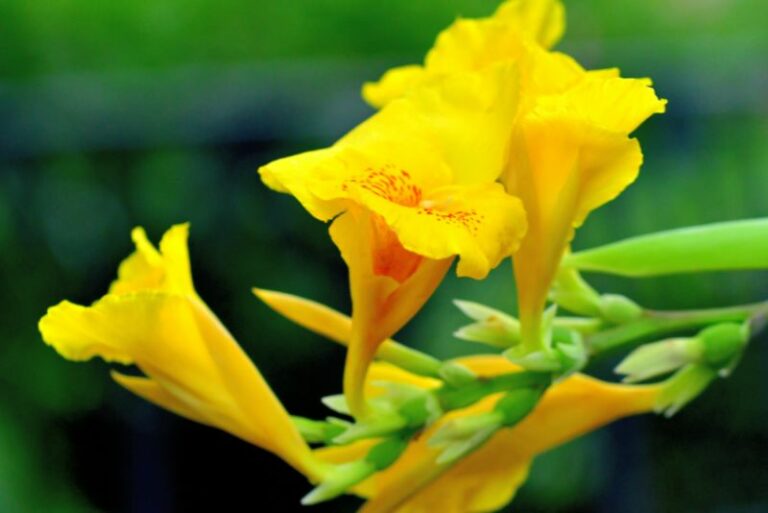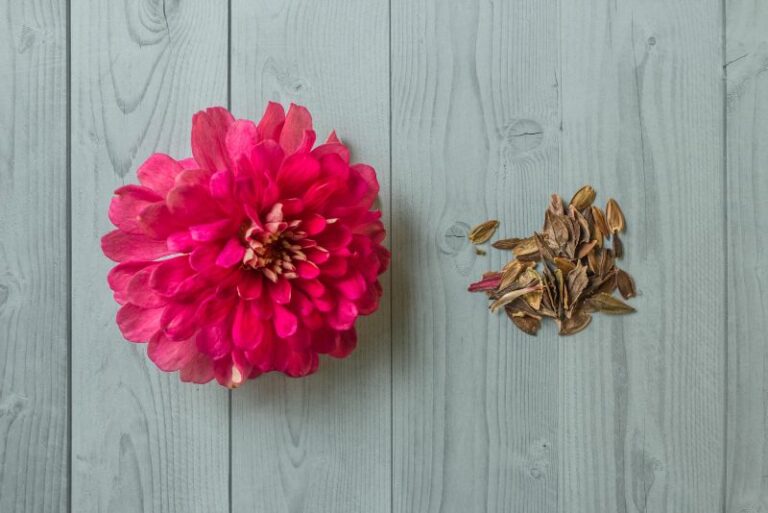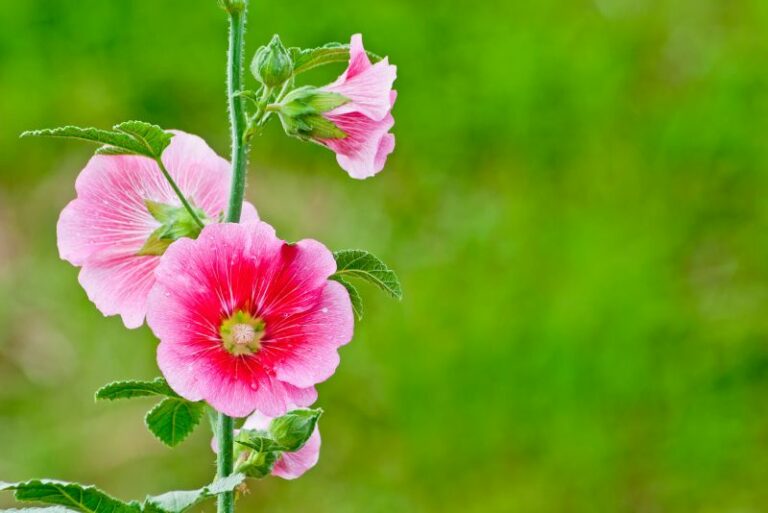Exploring Rose Mallow: A Gardener’s Guide
Gardening isn’t just about planting pretty flowers; it’s about crafting living tapestries that breathe beauty and harmony into our surroundings. Rose Mallow, with its sumptuous blossoms and unassuming robustness, has carved out a special place in many gardeners’ hearts. Whether you’re a seasoned horticulturalist or just starting on your green-fingered adventure, this deep-dive into Rose Mallow will enrich your gardening experience.
Here’s what you need to know about this captivating plant, from its historic roots to the best practices for nurturing it in your garden.
History of Rose Mallow

The Rose Mallow, scientifically known as Hibiscus moscheutos, has a rich historical significance. Believed to be native to wetlands and stream banks of eastern and central North America, it was an essential plant for indigenous cultures. The Cherokee used its thick roots as a food source, and the plant held medicinal properties that were widely utilized.
Fast forward to the 17th century, the Rose Mallow caught the eye of European botanists. It was then that its cultivation in gardens began. Since its introduction, the Rose Mallow has become a beloved fixture in North American gardens, both for its aesthetic appeal and its role in attracting local wildlife.
Varieties of Rose Mallow
Rose Mallows come in a variety of forms, each as breathtaking as the next. The standard features that make them universally appealing are their large, often plate-sized flowers, and their impressive growth habit.
Intriguing Colors and Shapes
From the traditional ‘Disco Belle’ series with their vibrant pinks and reds to the creamy whites and soft pinks of the ‘Summerific’ series, there’s a Rose Mallow to suit every color scheme. The flowers themselves come in both single and double petaled forms, creating options for texture and visual impact in your garden space.
Different Stature, Same Beauty
Some Rose Mallow species can reach majestic heights, while others stay more compact, providing versatility in various garden settings. For a stunning border plant, consider the taller varieties, or opt for a more demure, potted option in a smaller garden or balcony space.
Caring for Rose Mallow
Like any plant, Rose Mallow thrives when given the care and environment it needs. To ensure your Rose Mallow graces your garden with its vibrant blooms year after year, consider these tips.
Ideal Growing Conditions
Rose Mallow enjoys rich, moist soil and full sunlight. It’s not a plant that thrives in the shadows; it needs its fair share of sun to produce those iconic flowers. If you live in a particularly hot climate, be sure to provide some afternoon shade to prevent wilting.
Watering Wisdom
Although Rose Mallow loves to have its feet wet, it doesn’t appreciate waterlogged conditions. Ensure good drainage in its growing spot and aim for a consistently moist, rather than soggy, soil. During dry spells, be sure not to forget your Rose Mallow; keeping it hydrated is imperative for healthy growth.
Pruning Protocol
Yearly pruning is beneficial for Rose Mallow. In late winter or early spring, cut the stems back to about 12 inches from the ground to encourage new, healthy growth. Deadheading spent blooms can also prolong the flowering period, keeping your garden looking fresh and lively.
Benefits of Growing Rose Mallow
Rose Mallow offers more than just eye candy in the garden. Here’s a look at some of the advantages of having this plant in your horticultural arsenal.
Aesthetic Appeal
The most obvious benefit of growing Rose Mallow is, of course, the beauty it brings to your garden. Its large, showy flowers add instant charm and drama to any space, becoming a focal point wherever they’re planted.
Wildlife Oasis
Rose Mallow is a pollinator magnet, inviting bees, butterflies, and even some avian friends to your garden. It’s an excellent way to support local ecosystems and provide a food source for these essential creatures.
Low Maintenance Wonder
For all its beauty, Rose Mallow is surprisingly easy to care for. Once established, it’s relatively drought tolerant and doesn’t require much upkeep. Its preference for moist soil means you don’t have to water it as often as other garden plants.
Common Issues and Solutions
Every gardener faces challenges from time to time, and Rose Mallow is no exception. However, with a little know-how, you can tackle these issues head-on.
Pests and Diseases
Aphids and Japanese beetles are the primary pests that can trouble Rose Mallow, but they’re usually manageable with insecticidal soaps or horticultural oils. As for diseases, the most common ones include rust and leaf spot; these are often a result of overwatering or poor air circulation. Pruning to improve airflow and keeping watering in check can prevent and combat these issues.
Keeping It Upright
In windy or stormy conditions, tall varieties of Rose Mallow can occasionally bend or lean. The best solution is to provide a stake for support. Additionally, planting them in a spot protected from strong winds can alleviate this problem.
Conclusion
Rose Mallow is a plant that perfectly encapsulates the joy of gardening – it’s beautiful, it’s beneficial, and with a little attention, it’s sure to thrive. As you continue on your gardening journey, consider enriching your green spaces with the addition of this garden gem.
Remember, the cultivation of any plant is a partnership between you and nature. When you choose to grow plants like Rose Mallow, you’re participating in a symbiosis that not only adds to the beauty of your surroundings but also contributes to the overall health of the environment.
With the insights and practices shared in this guide, you’re well on your way to cultivating a flourishing garden that’s adorned with the elegance of the Rose Mallow. Its blooms, like pieces of the sky fallen to earth, will serve as a daily reminder of the magic inherent in the tiniest moments of the natural world.






